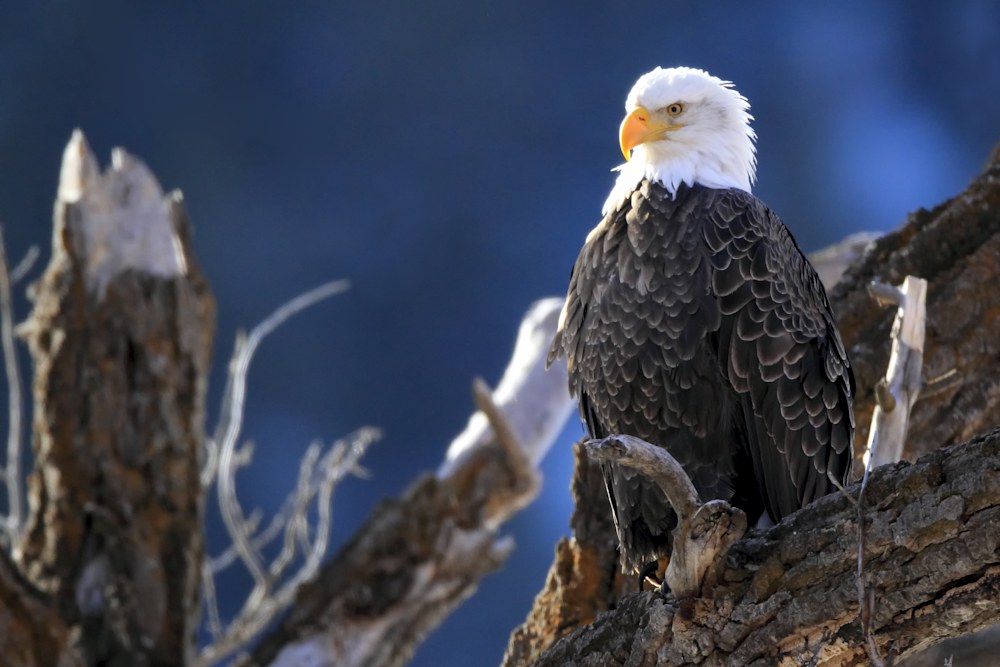The American bald eagle, once an endangered species, is making a remarkable comeback across the United States.
This resurgence is not only a triumph of wildlife conservation but also a testament to the bird’s enduring cultural significance.
From ecological recovery efforts to its symbolic role in American heritage, the bald eagle is capturing hearts and headlines.
Ecological Comeback
In the mid-20th century, the bald eagle population faced a severe decline due to habitat loss, hunting, and the widespread use of DDT pesticides. By the 1960s, their numbers had dwindled alarmingly, prompting the government to take action.
- Legal Protection: The Bald and Golden Eagle Protection Act and the Endangered Species Act provided crucial safeguards.
- DDT Ban: The ban on DDT in 1972 was a turning point in the eagle’s recovery.
- Conservation Programs: Efforts to protect nesting sites and reintroduce eagles into suitable habitats proved successful.
Today, the bald eagle population is thriving, with sightings becoming increasingly common in many states.
Cultural Significance
The bald eagle has long been a symbol of strength, freedom, and patriotism in the United States. As the national bird and emblem, it holds a revered place in American culture.
- Native American Heritage: Bald eagles are considered sacred in many Indigenous cultures, symbolizing spiritual connection and power.
- Military and Government Symbols: The eagle is prominently featured on the Great Seal of the United States and various military insignias.
Bald Eagles in Modern Media
The resurgence of bald eagles has sparked widespread interest, with social media platforms filled with videos and photos of these majestic birds.
Live-streaming eagle nest cams have become popular, offering a unique glimpse into their nesting and parenting behaviors.
Why the Resurgence Matters
The recovery of the bald eagle is a testament to the effectiveness of conservation efforts and environmental regulations. It serves as a reminder that species recovery is possible when humans prioritize ecological balance.
- Indicator of Ecosystem Health: As apex predators, bald eagles play a crucial role in maintaining the health of their ecosystems.
- Inspiration for Future Conservation: Their comeback encourages continued efforts to protect other endangered species.
How to Spot Bald Eagles
If you’re interested in seeing bald eagles in the wild, consider the following tips:
- Visit National Parks and Wildlife Reserves: These areas often have suitable habitats for eagles.
- Look Near Water Bodies: Bald eagles prefer nesting near lakes, rivers, and coasts.
- Bring Binoculars: Spotting these birds from a distance is easier with the right equipment.
- Be Patient: Eagles can be elusive, so patience is key.
Conclusion
The resurgence of the American bald eagle is a powerful success story in wildlife conservation and a symbol of ecological and cultural renewal.
As these majestic birds continue to thrive, they inspire both pride and responsibility to protect the natural world for generations to come.








